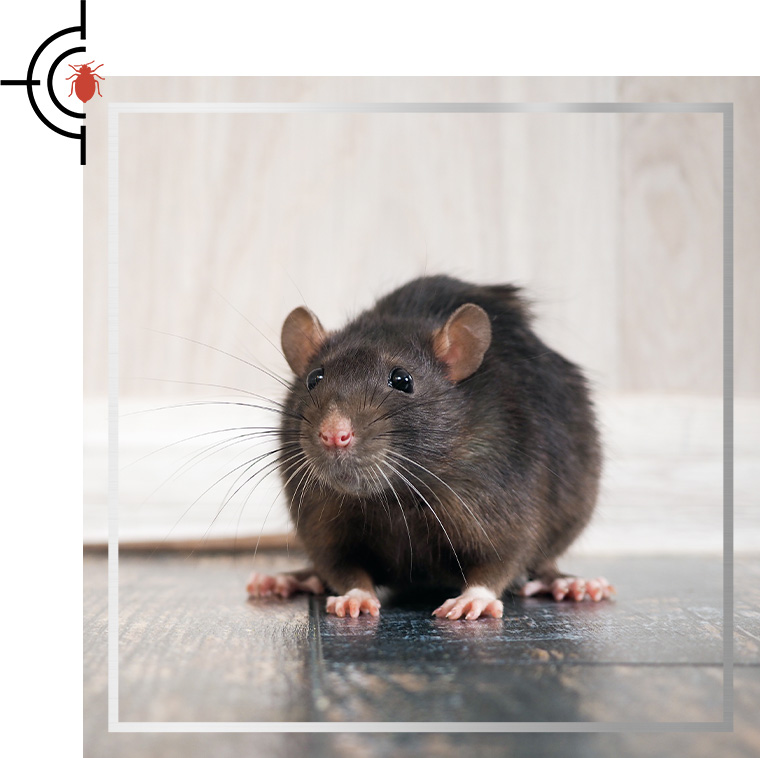
Mice Information & Biology
LEARN MORE ABOUT MICE
New England is home to several species of mice, including the common house mouse, deer mouse, and white-footed mouse. Each species has unique characteristics and behaviors that can impact your home. Understanding these differences is crucial for effective pest control.
Understanding Mice Biology
At Pest Assassins, we believe that knowledge is key to effective pest control. Understanding the biology of mice is essential for identifying their presence and implementing successful prevention strategies.
Mice are small rodents belonging to the family Muridae, with the common house mouse (Mus musculus) being one of the most prevalent species found in residential and commercial settings. They possess a range of biological traits that contribute to their adaptability and resilience, making them a challenging pest to manage.

Frequently Asked Questions
Still have questions or can't find the answer you need? Give us a call at 877-665-2667 today!
-
What are the signs of a mice infestation?Common signs include droppings, gnaw marks, and nests made of shredded materials. If you notice any of these, it's time to take action.
-
How can I prevent mice from entering my home?Seal any cracks or holes in your walls, ensure windows and doors close tightly, and keep food stored in airtight containers.
-
What should I do if I see a mouse?If you spot a mouse, avoid panic. Set traps or contact Pest Assassins for professional assistance to handle the situation effectively.
-
Are there any natural methods to deter mice?Yes, using peppermint oil, ultrasonic repellents, and maintaining cleanliness can help deter mice from your property.
-
When should I call a pest control professional?If you notice signs of an infestation or if your prevention methods aren't working, it's best to call Pest Assassins for expert help.
Physical Characteristics
Mice typically measure about 2.5 to 4 inches in body length, not including their tails, which can be almost as long as their bodies. They have a keen sense of hearing and smell, which aids in their survival. Their fur color varies from light brown to dark gray, often making them difficult to spot, especially in cluttered environments.
Reproduction and Lifespan
Mice are prolific breeders, capable of producing multiple litters each year. A female mouse can have between 3 to 14 young per litter, reaching sexual maturity in as little as six weeks. This rapid reproduction can lead to a significant mouse population in a short time, compounding the challenge for property owners.
Diet and Behavior
Mice are omnivorous and will consume a variety of foods, which often leads them into homes and businesses in search of nourishment. They are known for their sharp incisors that enable them to gnaw through materials like wood, plastic, and even electrical wiring, posing potential dangers beyond just being a nuisance. Mice are also nocturnal, primarily foraging at night, which can complicate detection and elimination efforts.
Understanding these biological aspects of mice enables us at Pest Assassins to tailor our pest control services effectively. By employing targeted strategies that consider the habits and environments of these rodents, we ensure your property remains protected against infestations. If you suspect a mouse problem in your home or business, reach out to our team of professionals for a comprehensive evaluation and customized pest management solution.
Our team at Pest Assassins is here to help you with all your pest prevention needs. Contact us today for a consultation!






